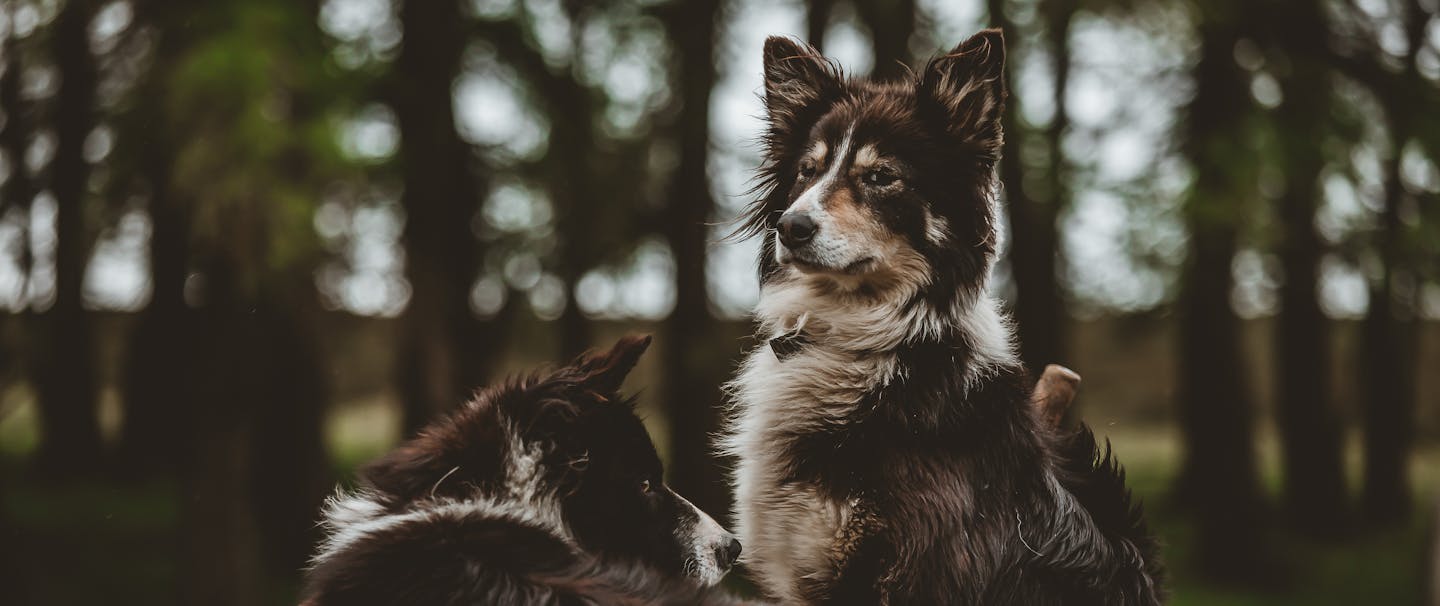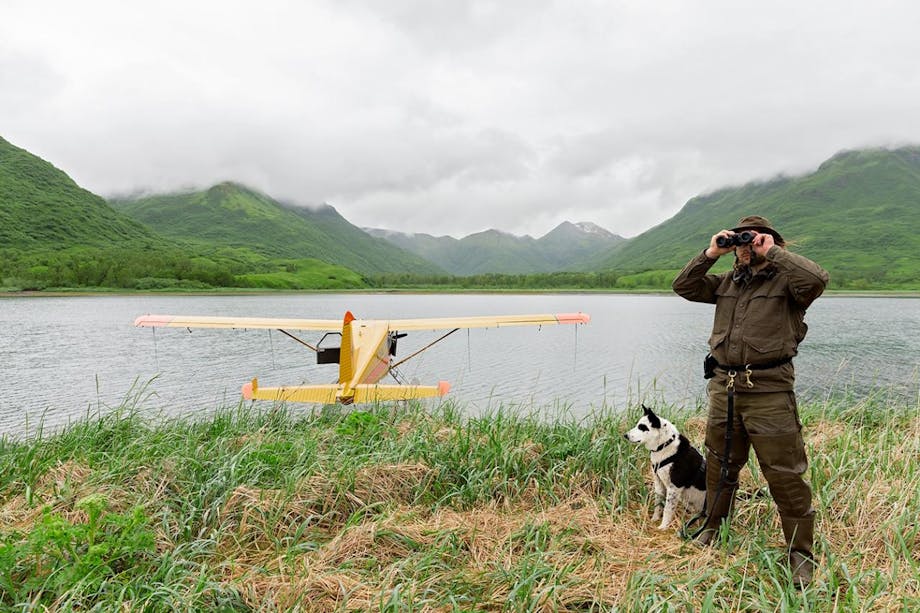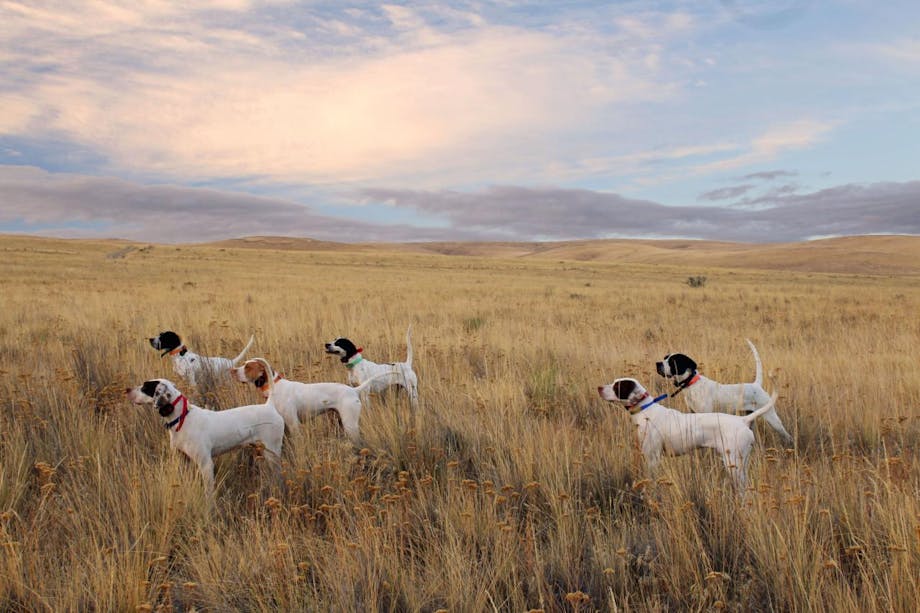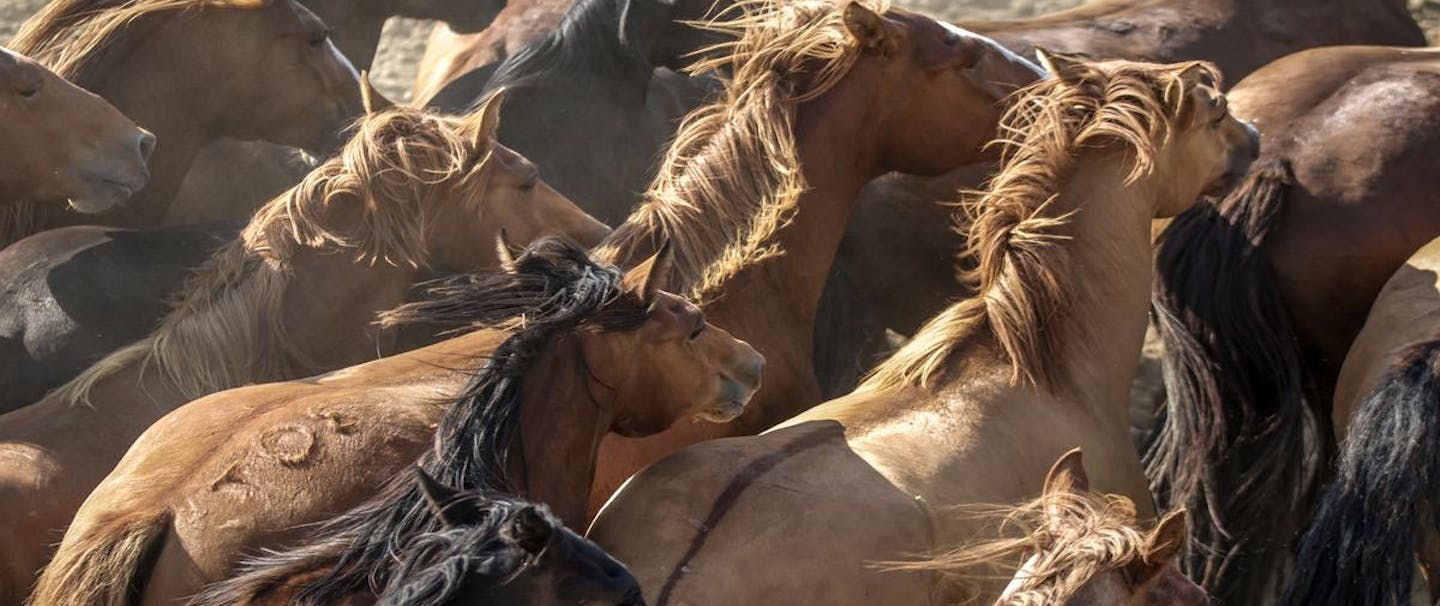Sheep dogs are commonplace in rural Scotland, with many shepherds owning more than one. The use of such dogs in Scotland dates back to the 19th century, but even today they still play a crucial role in gathering and herding sheep across the hills and are very much engrained in everyday rural life. Their skills are so admired they are tested in trials. The 2019 International Sheep Dog Trials are being held on the Mathers’ farm in the Angus Glens in Scotland.

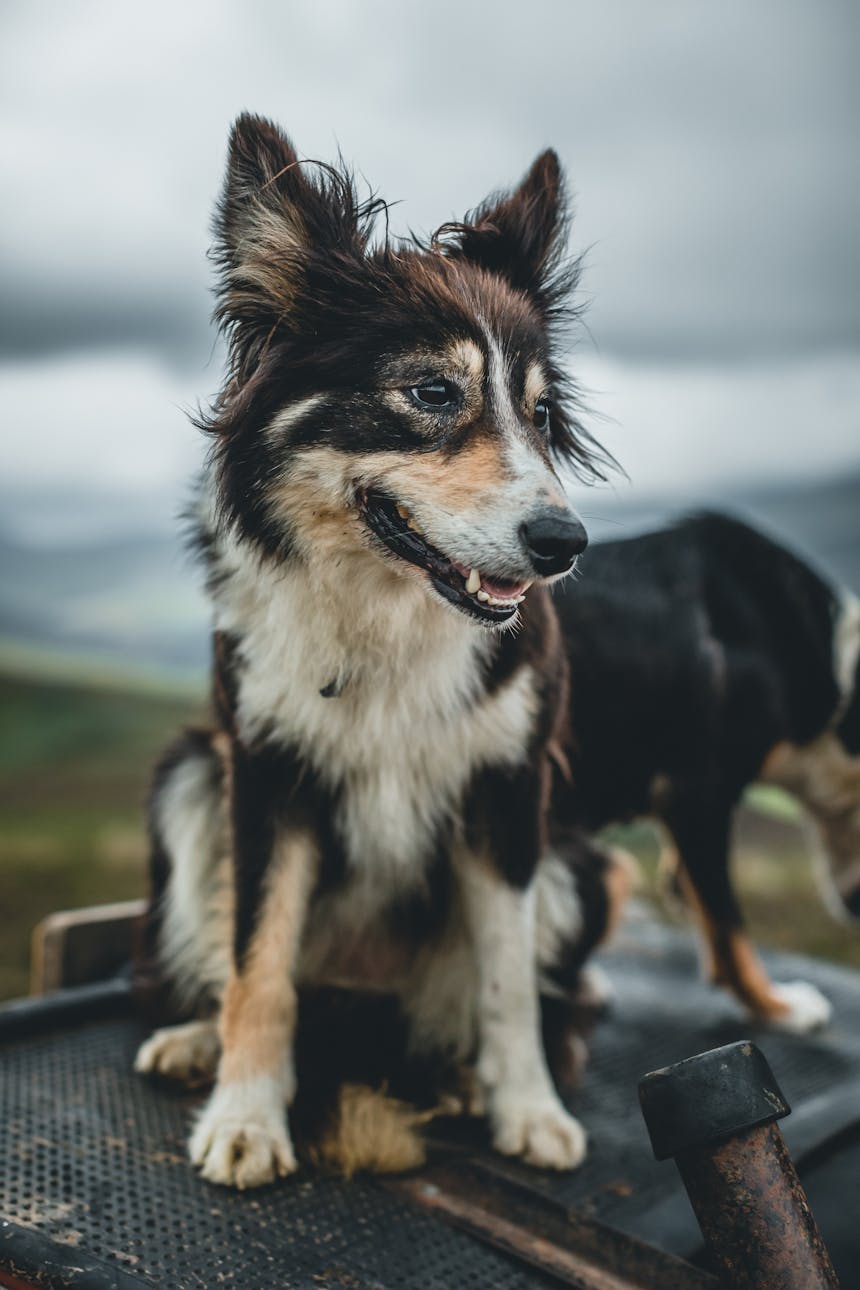
Fly and Mazie are on hand for gathering today; Fly, a pure bred Collie, and Mazie, a Collie cross. They both have unique skills and know their tasks well. Fly goes far, gathering sheep not from the hill you can see, but the one beyond, appearing 15 minutes later with a handful of sheep. Mazie keeps all the sheep gathered in a tight circle, while the handler walks or uses a quad bike, if needing to cover more ground, and together they push more sheep to a central point before the sheep dog herds them into a pen. Keeping 50–100 sheep moving in the same direction is a laborious battle for the dogs; with sharp turns and constant sprinting needed to stop the sheep from breaking the circle.

So familiar and comfortable with the vehicles used, Mazie and Fly jump on and off passing quad bikes to cover ground faster, standing on the back of them at high speed, steady as a rock. This dance between dog, man, and sheep is controlled by voice and whistle commands to the working dogs, with the commonly used command “come-by” telling the dog to move clockwise and “away” meaning move anticlockwise around the sheep.
Watching these dogs work the tough terrain of the Scottish Moorlands, their willingness to work is palpable, and it’s not hard to see why these animals are still used across Scotland today and will continue to be for years to come.
